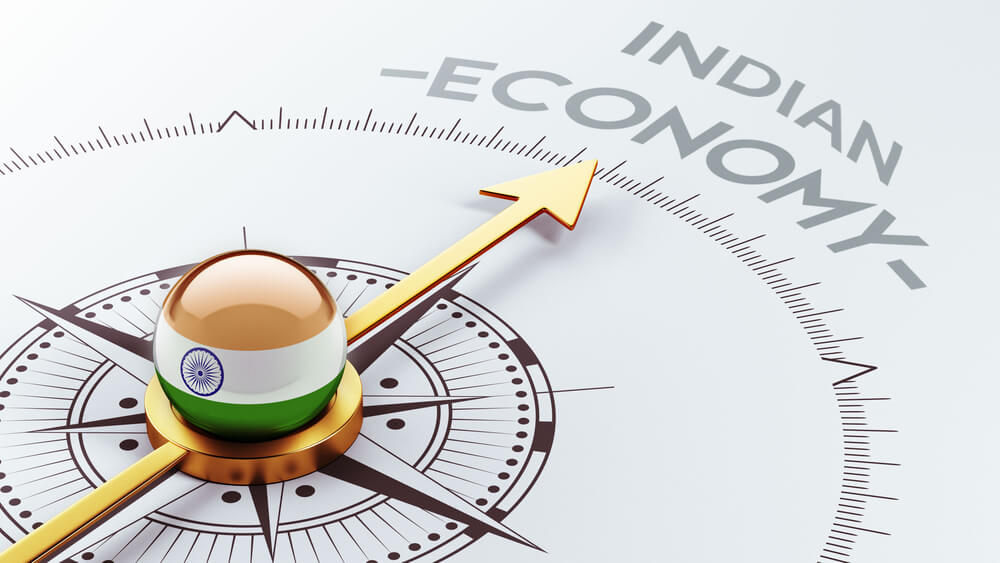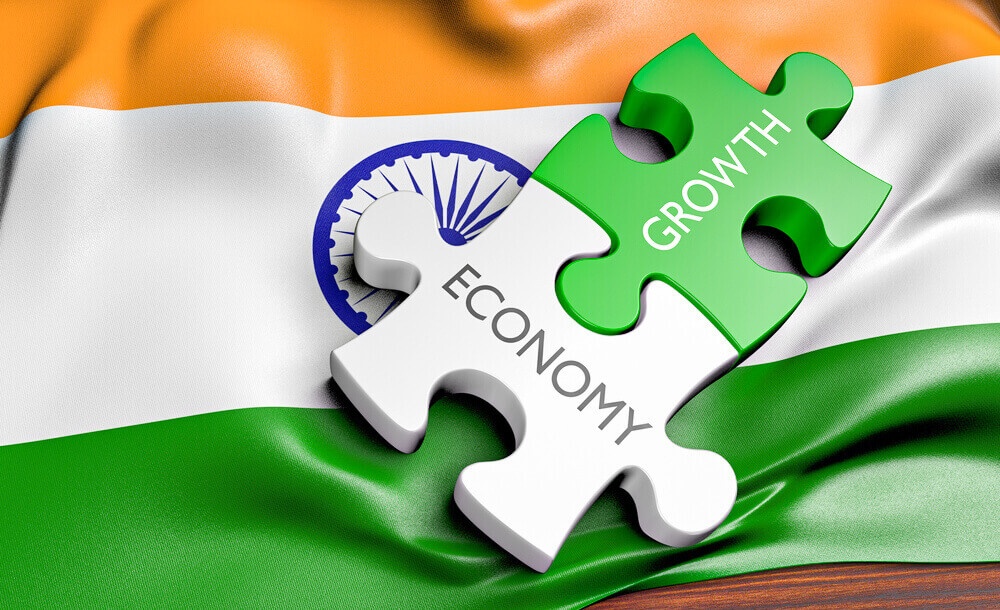Budget Precepts – 2: The challenges ahead

The recently cheered Halwa eating ceremony graced by Finance Minister Nirmala Sitharaman and her junior Anurag Thakur attracted less attention than normal.
Indian Economy is at a unique crossroads where GDP is at a 42 year low but Markets are at a all time high, consumption is faltering but the Government can’t spend, Banks are flushed with funds but aren’t lending them, doing business is getting easier but fewer are investing, Government is funding farmers more but farm income isn’t growing well and real interests are rising but household savings are dropping low.

The late after effects of Demonetization, too much debt, rollout of GST, Global Slowdown, gap between education and required skill set, Middle East Tensions, Retreat of Globalization and Ride out of structural reform storm have all converged together to create the deep pit we are in.
The Issues
India’s banking sector is a study in contrasts: it supports the world’s fastest-growing large economy but is grappling with challenges that test its strength and resilience.
Primary among them is the burden of distressed loans. According to Reserve Bank of India (RBI) data, the value of banks’ gross non performing assets (GNPA) and restructured assets reached $150 billion in April 2016 and has been growing by almost 25 percent year on year since 2013. State-owned banks account for more than three-fourths of the stressed-asset load, which is now far higher than their net worth. Provision levels are inadequate because these banks hold only 28 percent of GNPAs and restructured assets as provisions. There is a gap of close to $110 billion between the system’s stressed assets and the provisions made. These problems are considerably less severe for private banks.
There are many layers to the changing face of banking and finance in the world’s second most populous country. Even as legacy banks continue to be under pressure from stressed assets and stagnant loan growth, the sector as a whole represents one of the world’s biggest opportunities to create value in banking. Macroeconomic fundamentals continue to be strong, the country is in the midst of a digital revolution, and the ongoing disruptive changes (including momentum on the regulatory front) point to possibilities for both new entrants and incumbent banks.
Also, the recent consolidation of mega mergers of Public sector banks is considered to be highly positive long term reform as well. Addressing the liquidity needs and helping individual NBFCs avoid defaults will boost business across sectors and go a long way.
The volume growth or number of packs sold of Fast Moving Consumer Goods (FMCG) companies has also slowed over the last one year. Growth of HUL in June 2019 stood at 5% which was 12% last year, that of Dabur stood at 6% which was 21.5 last year. Indeed, this is worrying, given that people seem to be slowing down even on making everyday purchases.
The Address
The Indian government’s twin thrusts—to encourage digital identification and cashless transactions—are driving change throughout the economy. These measures picked up steam after the Unique Identification Authority of India (UIDAI), a statutory body responsible for providing the country’s residents with a biometric identity and a digital platform to authenticate it, was set up in 2016. The UIDAI has issued more than a billion unique identity (Aadhaar) cards, covering most of the country’s adult population. The government is pushing the whole financial system to use this unified identification system, and that has major implications for the sector. The system, which can be used not only for verifying customers but also for loans, direct transfers of subsidies, and a host of other financial transactions, could change the contours of formal and informal business in India.
The Indian farmer can benefit hugely if instead of having to rely on government supported prices for his produce, he is able to sell it to whomever he chooses and thus get a better price from the market system. An integrated market for agricultural produce should be created by the States and the Center.
This will not only be life changing for farmer’s income but also will boost demand for consumer goods and remove the cloud currently hanging over FMCG companies, which are seeing a fall in demand for even the cheapest biscuits. Just a small rise in demand from the 50% of Indians living off agriculture (better price realisation by farmers will lead to better farm wages) will do much to address the slack in consumer demand.
Looking Ahead
It’s high time to bring on Land and Labour reforms. Credit flow towards both consumer and industry should be improved, real interest rates should come down by at least 135 basis points, the credit culture in Public sector banks must be revamped, stimulus must be driven out for investment and upskilling of displaced employees.
Reducing dependency on huge oil imports by investing more on renewable energy, investing in building new cities that will ease up the load on metros, concentrating on educational institutions of eminence to foster skillset of international level and focusing highly on roads and ports to boost up the logistics, transportation and exports will go a long way forward.


